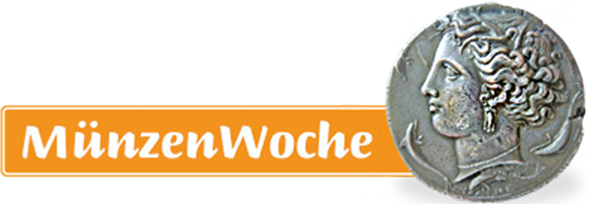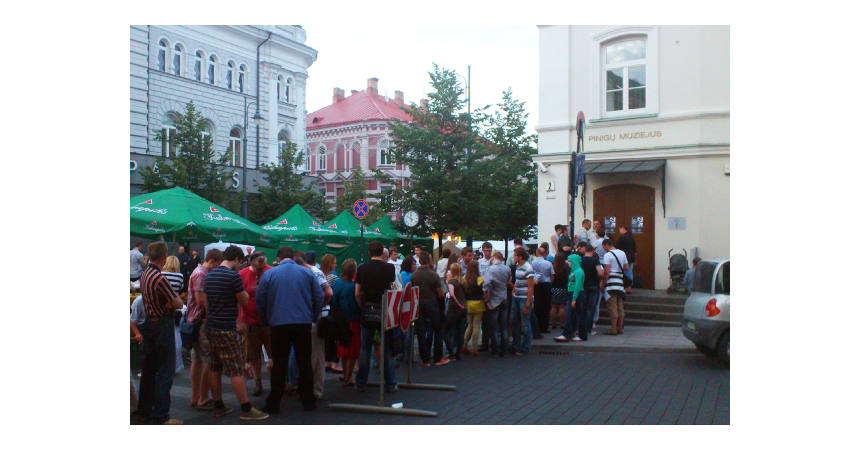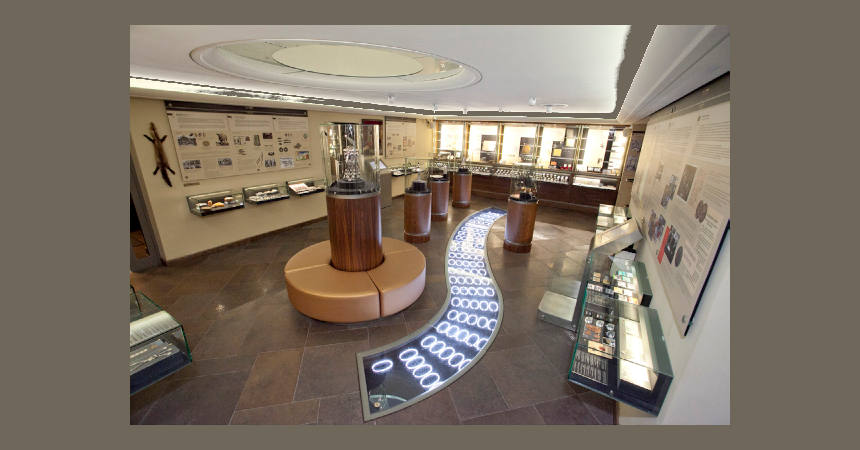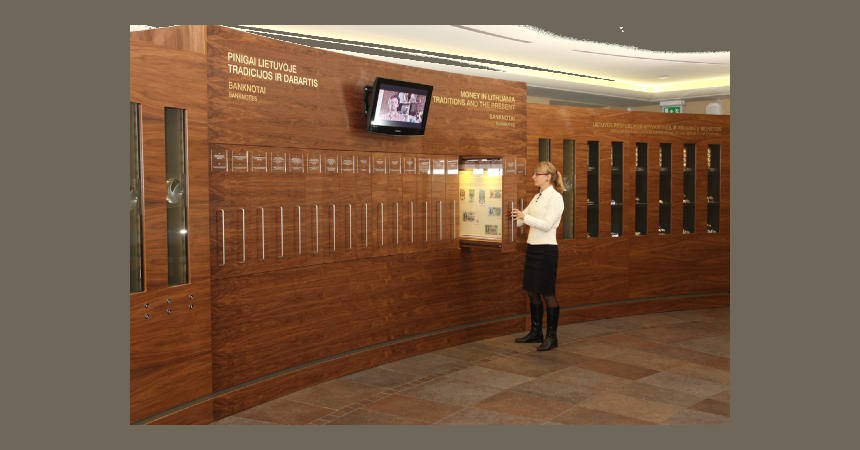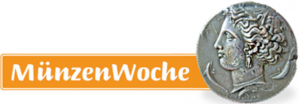Money Museum of the Bank of Lithuania
Wenn es kein Logo gibt, wird diese Spalte einfach leer gelassen. Das Bild oben bitte löschen.
(Dieser Text wird nicht dargestellt.)
Totorių gatvė (Tartar Street) 2
LT-01121 Vilnius
Tel: +370 659 22 966
The Money Museum of the Bank of Lithuania was created in 1999 and is located next to the headquarters of the nation’s central bank. The high-technology Museum’s exhibition is divided into five galleries on two floors where visitors are introduced to the history of world money, the complicated history of Lithuanian money, and banking in Lithuania.
The telephone, which was in use at the Bank of Lithuania in the pre-war period, rings as visitors stop to take a close look at it. The voice of the Chairman of the Bank of Lithuania welcomes visitors to the Money Museum. Basic information is provided in Lithuanian and English.
The History of Money Hall
This Hall, located in the basement, presents the development of money from its most primitive forms, like grain, cowrie shells, furs, and amber to electronic money. The exposition is divided into memorable themes and provides the answers to the key questions regarding the history of money: What is money needed for? What was the first money? How are coins minted? Why is gold the most appreciated metal?
The History of Banking Hall
On the ground floor, visitors are introduced to the beginning of banking, the subsequent stages of its development, and its development in Lithuania from the emergence of the first credit institutions to the present day. The role of the Bank of Lithuania in pushing through a currency reform in 1922, stabilizing the country’s financial and credit market during the years of the global economic crisis is revealed, and the decline of banking following Lithuania’s occupation by the Soviets is highlighted.
The Contemporary Money Hall
Banknotes and coins used in different countries today are on display here. Visitors can view the banknotes put in special drawers after pulling open the drawer with the name of a selected country. The drawers are connected by special sensors to a computer program that activates the screen on a video wall and presents relevant information about the selected country on it. This information for about 200 countries can also be viewed on the wall using a computer terminal.
In this hall, information is presented about the Bank of Lithuania, the nation’s central bank. As one of its major functions is to issue currency, exhibits displayed in the showcases tell about the production of contemporary Lithuanian money, its productions materials, and the technological solutions applied by different producers with uncirculated specimen banknotes on display. The cases and computer terminals provide visitors with banknote security features and immediately verify the authenticity of the banknotes in hand by UV detection.
The Lithuanian Money Hall
Exhibits are able to be seen using a vertical automatic conveyor. Each of the eight conveyors carries plastic cards with the coins of the Grand Duchy of Lithuania, Republic of Lithuania, and other territories which had been in circulation in the country. Pushing a button allow visitors to adjust the height of viewing the cards with the coins, and raise or pull down a lens to view small elements of a coin. In the stationary cases are the commemorative coins of the Republic of Lithuania and in the 20 pull-out cases, the banknotes used in the country from the late 18th century to the present day are on display.
For the consolidation of knowledge, tests for the visitors of age 14 and over have been prepared. Those who give correct answers to the questions will get a prize—their own image on a souvenir banknote.
This text was written by Howard M. Berlin and first published in his book Numismatourist in 2014.
You can order his numismatic guidebook at Amazon.
Howard M. Berlin has his own website.





